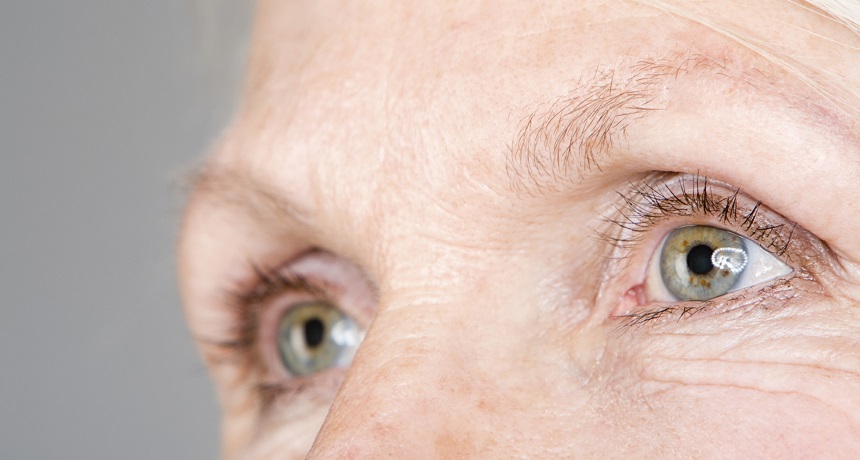Questions for Vision-ary high tech

A close-up of a woman's eyes. New devices may one day prevent or even reverse vision lost to disease.
IS_ImageSource/istockphoto

A close-up of a woman's eyes. New devices may one day prevent or even reverse vision lost to disease.
IS_ImageSource/istockphoto
Register to access:
An error occurred. Please try again.
Already Registered? Enter your e-mail address above.